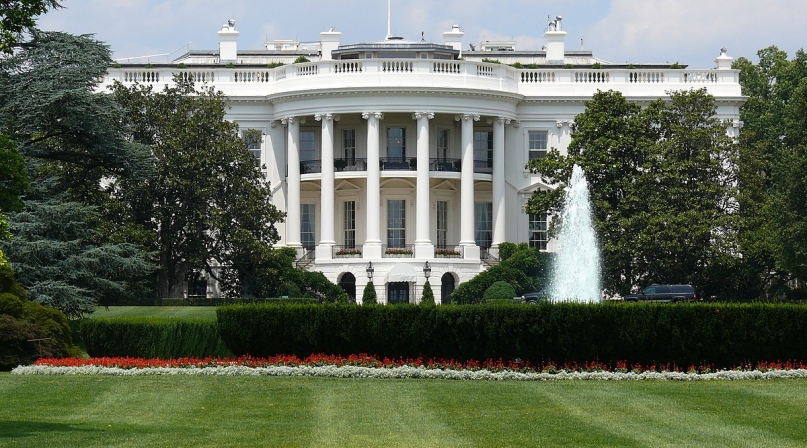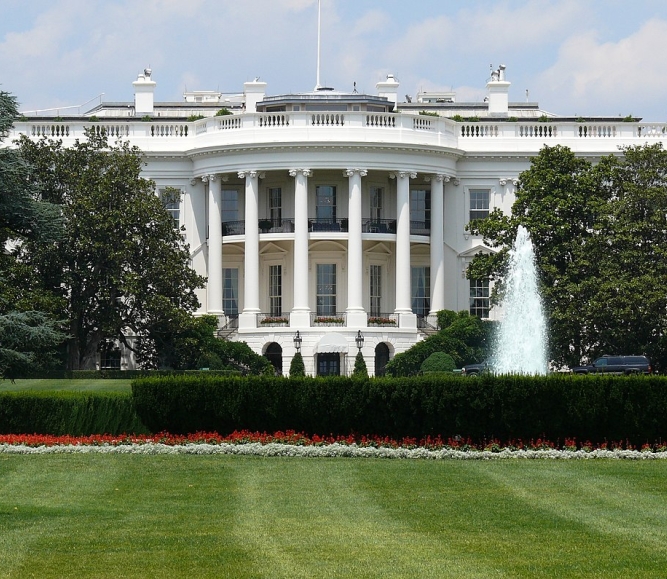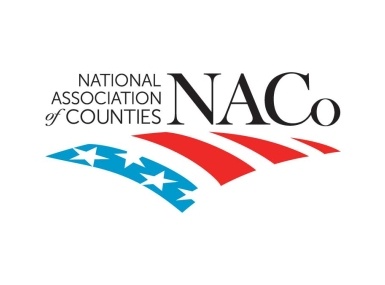NACo releases Legislative Analysis of President's FY 2025 Budget Request
Upcoming Events
Related News

On March 11, the White House released the President's Budget for Fiscal Year (FY) 2025, outlining the administration's proposals for budgetary spending for the fiscal year beginning October 1, 2024. The president's budget requests a total of $7.3 trillion in both mandatory and discretionary federal spending in FY 2025, $300 billion more than the president's budget request for FY 2024 and $1.2 billion more than total FY 2023 enacted funding levels.
To breakdown how the President's proposals may impact county governments and our residents, NACo has released a legislative analysis of the budget, surveying proposed increases, cuts or eliminations to key federal programs and providing projections detailing the budget's fiscal impact on the federal government and the U.S. economy.
To read the full analysis, click here.
Top Highlights for Counties
Proposed extension of the Affordable Connectivity Program’s funding to keep over 23 million households enrolled without disruption in the internet subsidy benefit program.
Increased mandatory funding for election administration grants through the U.S. Election Assistance Commission (EAC) for a total of $5 billion over 10 years.
Reinstatement of the expanded Child Tax Credit, which resulted in a 50 percent drop in child poverty rates in 2021, the largest decrease ever recorded.
Doubling the size of Health Center program, with a $2.4 billion increase ($8.2 billion total) for the Health Resources and Services Administration’s (HRSA) Health Center program, emphasizing the president’s focus on community-based care.
Maintaining federal highway and transit funding levels authorized by the Bipartisan Infrastructure Law with a slight increase for highways through an undefined split of $800 million between RAISE and MEGA competitive grant programs where counties are directly eligible as applicants.
Enhanced support for wildland fire mitigation and management by increasing funding for the Wildfire Suppression Operations Reserve Fund by almost 22 percent and calling for a permanent pay increase for wildland firefighters.
Increased funding for local law enforcement by providing $270 million for the COPS Hiring Program and $100 million for Community Violence Intervention Programs.
Continued investments in rural energy, water and waste disposal systems, including $2.1 billion in funding for water and waste disposal facilities and $1 billion in low-interest loans for farmers, small businesses and residents in rural counties.
Reduced funding for the Payments In Lieu of Taxes (PILT) program to $482 million in FY 2025, a $153 million decrease compared to FY 2024 estimated totals.
Resource
Legislative Analysis of FY 2025 President’s Budget Request

Related News

County Countdown – Dec. 1, 2025
Every other week, NACo's County Countdown reviews top federal policy advocacy items with an eye towards counties and the intergovernmental partnership.

Counties Celebrate Key Permitting Inclusions in SPEED Act
NACo issued the following statement in response to the passage of the Standardizing Permitting and Expediting Economic Development (SPEED) Act (H.R. 4776), which advanced out of the U.S. House Committee on Natural Resources on November 20.

Federal district court issues ruling preventing the federal government from imposing immigration compliance mandates on grant recipients
On November 4, a federal judge in Rhode Island ruled that the U.S. Department of Transportation cannot condition federal grant funding on a recipient’s cooperation with federal immigration enforcement efforts.